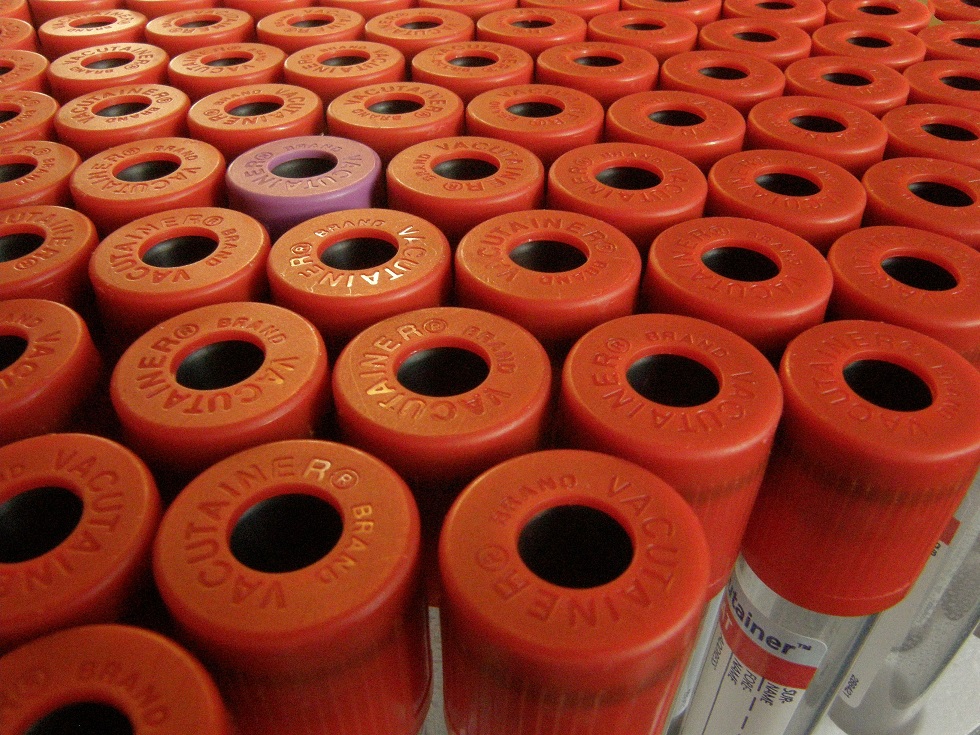Species: Canine and feline
Specimen: 1mL blood
Container: Plain (red top) tube or gel serum separator tube
Collection protocol: Standard venepuncture
Special handling/shipping requirements: Standard
General information about the disease:
Hypothyroidism leads to lack of feedback inhibition resulting in increased concentrations of serum TSH. Endogenous serum TSH concentrations are useful in determining if a dog with a low T4 is truly hypothyroid, i.e. differentiating true primary hypothyroidism from “sick euthyroid” syndrome. Serum TSH measurements are recommended only after an initial T4 result is low or low normal. If the hypothyroidism is secondary as a result of lesions within the pituitary gland or higher in the hypothalamus then TSH secretion will be reduced. In these cases serum TSH concentrations will be below the reference range.
The serum TSH measurement can be done on the same serum sample as the initial serum T4 measurement. Serum TSH concentrations should not be interpreted alone but need to be interpreted with clinical signs and the concurrent serum T4 concentration. Depending on the study, 13-38% of hypothyroid dogs may have serum TSH concentrations within the reference range and serum TSH concentrations may be increased above the reference range in 7.6-18% of normal dogs. Where serum TSH and T4 concentrations are interpreted together there is good diagnostic accuracy. TSH results should be interpreted only in the light of clinical and laboratory evaluation for the presence of non-thyroidal illness.
General information about when this test is indicated:
See “Diagnosis and monitoring of hypothyroidism”
Comparison with other related tests:
See “Diagnosis and monitoring of hypothyroidism”

